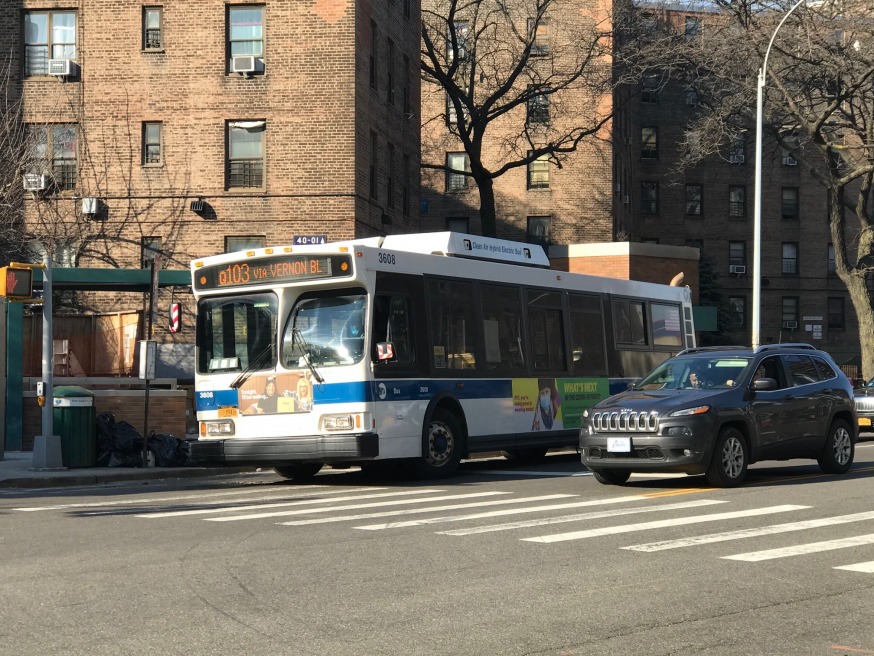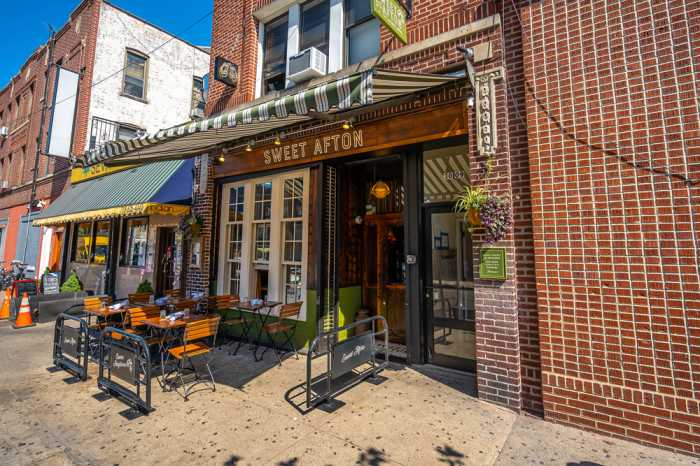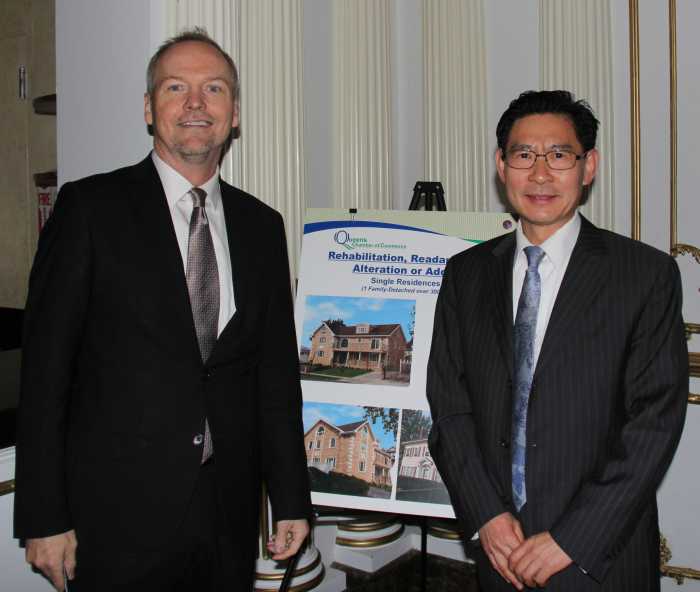The MTA presented its latest bus redesign proposal to Queens Borough President Donovan Richards Jr. and his cabinet on April 12. The plan is aimed at increasing route efficiency while also expanding specific bus lines.
The project began with commuter surveys taken in April 2019 followed by the MTA conducting market and service data analysis and public outreach before the existing conditions report was published in September 2019. The draft plan was published in December 2019 and public outreach was conducted from January through March 2020.
After much feedback, the MTA decided to scrap its original bus redesign proposal and create a new one based on the over 11,000 comments the agency received.
Plans to restart the design phase were announced in August 2021 and the new draft plan was released in March 2022. It is now available for public outreach until June.
According to the MTA, the new proposal takes into account four priorities based on feedback from regular riders during the initial open house. The priorities are reliable service, faster travel, better connections and ease of use. When it came to coming up with strategies on the redesign to meet these priorities, the MTA decided upon simplifying the network, enhancing connectivity, improving frequency, balancing bus stops and expanding bus priority with the New York City Department of Transportation.
When it came to simplifying the network, the MTA aimed to create straighter and more direct routing, new route types and fewer route variants. According to MTA planner Rashid Dolor, fewer turns and diversions would lead to more time moving and less time spent at intersections.
Additionally, simplifying the network would mean “less redundant service, so that customers know exactly which route to take without having to look at the destination sign on a bus,” Dolor said. “Creating routes with one specific purpose allows customers to know exactly what type of service to expect.”
With enhanced connectivity, the agency said they will be able to improve the bus network grid and create new connections, create new routes to address gaps in the bus network and strengthen interborough bus travel. Each of these strategies would expand access within Queens and to other boroughs while also creating new travel opportunities, reducing travel time and increasing the bus network’s reach.
The MTA said that improved bus frequency would build a better all-day, frequent network while reallocating service to align with routing changes and meeting customer needs. Limited and crosstown routes would make up the all-day, frequent network’s core. Additionally, these routes would be scheduled at 10-minute intervals or better every weekday from 6 a.m. to 9 p.m.
Balancing bus stops would result in speeding up buses and improving reliability, according to the MTA. The proposed new route types helped determine the new stop spacing guidelines. The agency estimates that an average of 20 seconds are saved for each stop removed. Stops with heavy ridership, stops that provide key connections or those that serve community facilities would remain on the line.
Expanding bus priority with the NYC DOT would allow for more busways, lanes and other priority treatments to speed up service and improve reliability. Forty-nine corridors were identified for study on priority street improvements by the NYC DOT, with 24 of them being top-ranked corridors.
The MTA made it a point to address concerns based on the 11,000 comments regarding proposed routing changes, possible connectivity issues, proposed bus stop and schedule changes and operational issues.
New route alternatives were made in order to ease concerns about the proposed realignments, shortenings and extensions. Additionally, since there was confusion in understanding routes with “QT” and “QMT” labels, the MTA plans to drop those labels and replace them with “Q” labels wherever possible.
While there was concern about the potential loss of connections to major subway stations and other major destinations, the MTA insisted these connections would remain. The proposal also includes new interborough connections between the Bronx, Brooklyn and Queens and new service to fill gaps in the bus network in an effort to further improve accessibility of the network for all customers.
Some expressed concern that the proposed stop and schedule changes would have unclear impacts on certain stops and spans of frequencies due to the generalized format of the materials in the original draft plan. However, the MTA said this shouldn’t be a factor, as they used detailed bus stop locations, specific frequencies and time spans.
The MTA also downplayed any potential concerns about operating on problematic streets. According to the MTA, the streets were reviewed before being included in the proposal in order to avoid containing any that were too narrow or questionable.
In total, the new proposal includes 85 total routes. Of those routes, 20 are new, 17 were extended, 11 had minor realignments and 11 had only stop changes. Additionally, nine were shortened on one end and extended on the other; seven were shortened; five were combined from two or more existing routes; four had major realignments; and one had no routing or stop changes. Twenty new route labels were made and 11 were retired.
Under the proposed bus lines, there would be four route types:
- Local routes, which connect local neighborhoods, would have an average stop spacing between one-fifth and one-quarter of a mile, with frequencies varying based on customer demand.
- Rush routes will quickly connect outer borough neighborhoods with the subway. Their average stop spacing would be one-third of a mile and would be more frequent during peak hours.
- Limited routes serve high demand corridors with all day frequent service and would have an average stop spacing of between one-quarter and one-third of a mile.
- Crosstown routes connect key destinations across longer distances, with an average stop spacing between one-third and one-half a mile. They would have all-day, frequent service.


































